A short compilation of a few of my favorite lectures from the King's Foundation School of Traditional Arts.
Some screenshots and parts of the transcript from the above video:

Definitions
...Geometry of course, numbers represented as space. Right? And the word polygon itself, literally: "many knees". The greek term for what we call an angle, they called knee. You know, I just love how the Greeks and others used parts of the human body to associate with parts of, let's say, pottery. There's the mouth, the lip, the neck, the shoulder, the body, the belly, the foot, I like that the Greeks and others humanized it like that...

Regular Polygons
...Each regular polygon describes a different proportioning system, logically. And also interestingly a different symbol system. It's number symbolism around the world. Not exactly identical in all places, but there are great, great similarities. For example, the number seven...
(Not mentioned in the video, but polygonal shapes seem to be "hidden" (or maybe just invisible) references to the Kabbalistic Tree of Life and/or references to the specific patterns of planetary motions in the sky as observed from earth.)
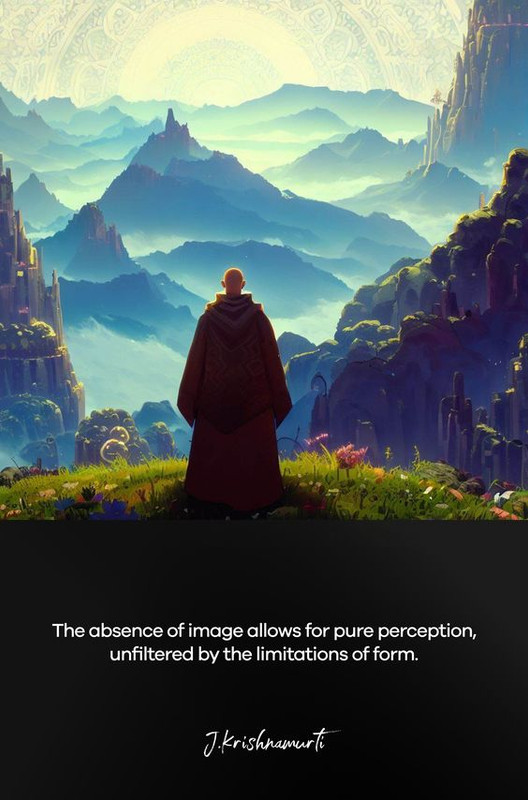
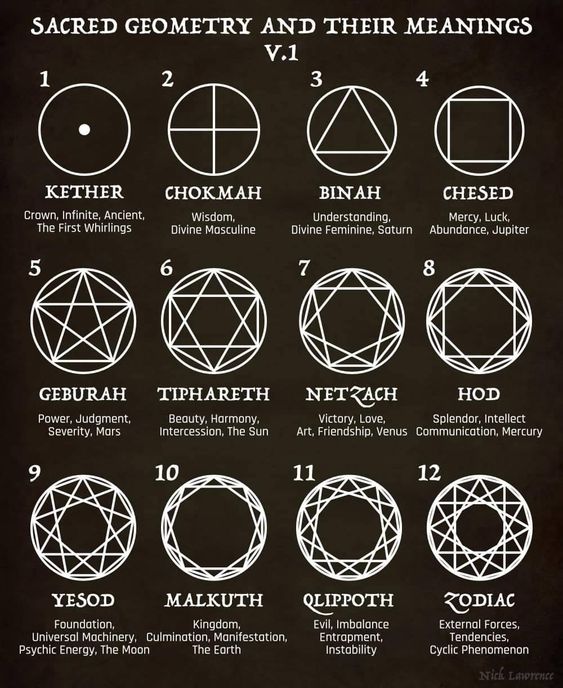

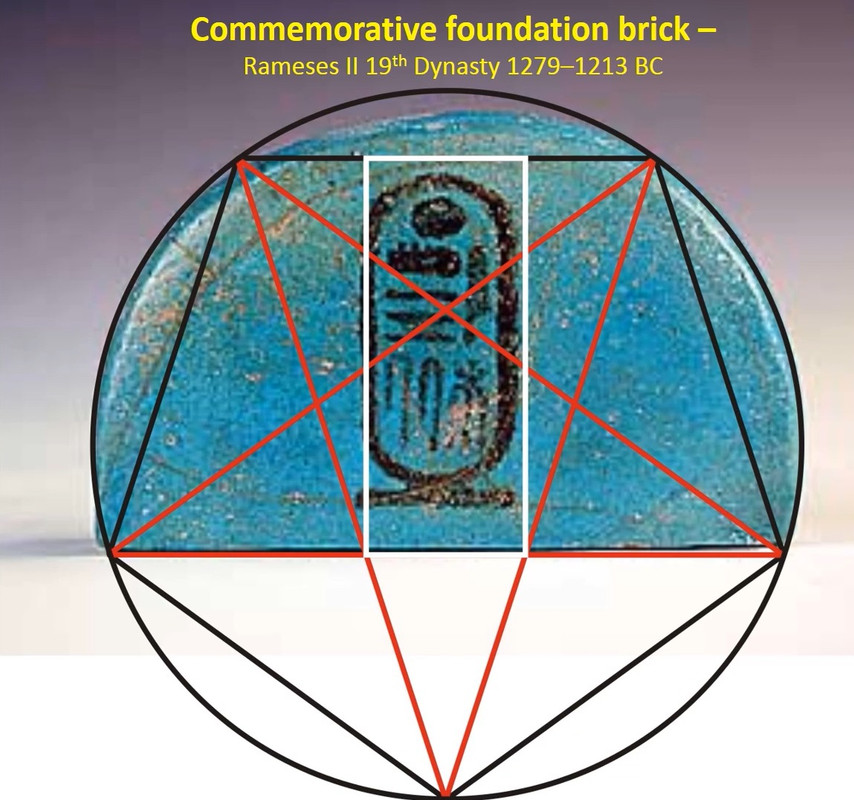
Commemorative Foundation Brick
...What geometry explains this line (the base)? Tada. It's pentagonal...Symbolism for five, of course, has to do with life, living, the five of the hand, the five petal flowers and the appearance of the golden ratio in living forms,...the golden rectangle...
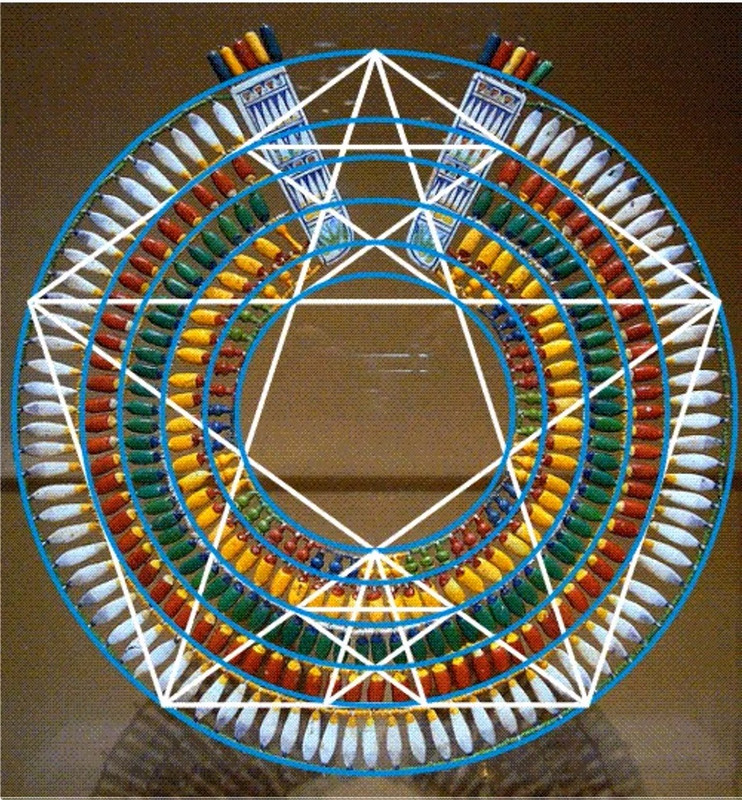
Talisman
...Now we can assume that if the Egyptians are maintaining harmony here, how did they do it?... Well, since we're on the number five, let's put a circle around the whole and you can see the crossings of the pentagram imply this blue circle which shows the relationship now between the outer and the inner. And by the way, I might add, with the five pointed star in a circle or a circle with a center and five rays, any type/different depiction of the five is a very, very important Egyptian glyph, signifies the duat...which is translated as "underworld".
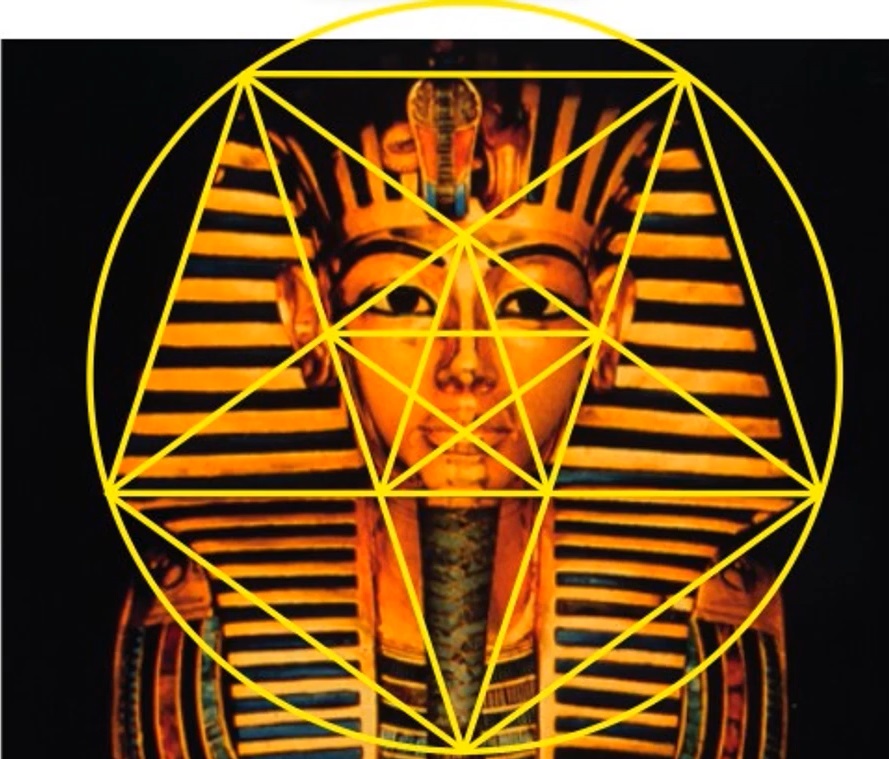
Nemus (sic) headress
...ah, the famous King Tut, Nemes headress, OK? Now this photograph was taken off a little bit to the right so the match won't be quite precise but I think you can see that the angles will be perfectly fine. See what I've done is inscribe a pentagon (downward pointing pentagon), around a circle containing a whole scene. You see how it comes down to near the base of the beard and his chin and so forth and another pentagram inscribed within this pentagon places the nose at the precise center. And that's part of the Egyptian symbolism of the idea of the breath of life. Ok? Maybe you know the opening of the mouth ceremony in Egyptian art in the process the priest puts an oddly shaped stick up to the initiate's nose to breathe, to give him the breath of life. And interestingly enough that oddly shaped stick, which I don't have depicted here, at the very end is a piece of meteor, meteoric iron. That's the only way that the Egyptian's got their iron. There was no mining, they didn't import it. They only got their iron from meteors that fell from the heavens and that's why it was considered part of the sacred ceremony...

A Little Book of Coincidence by John Southcliffe Martineau
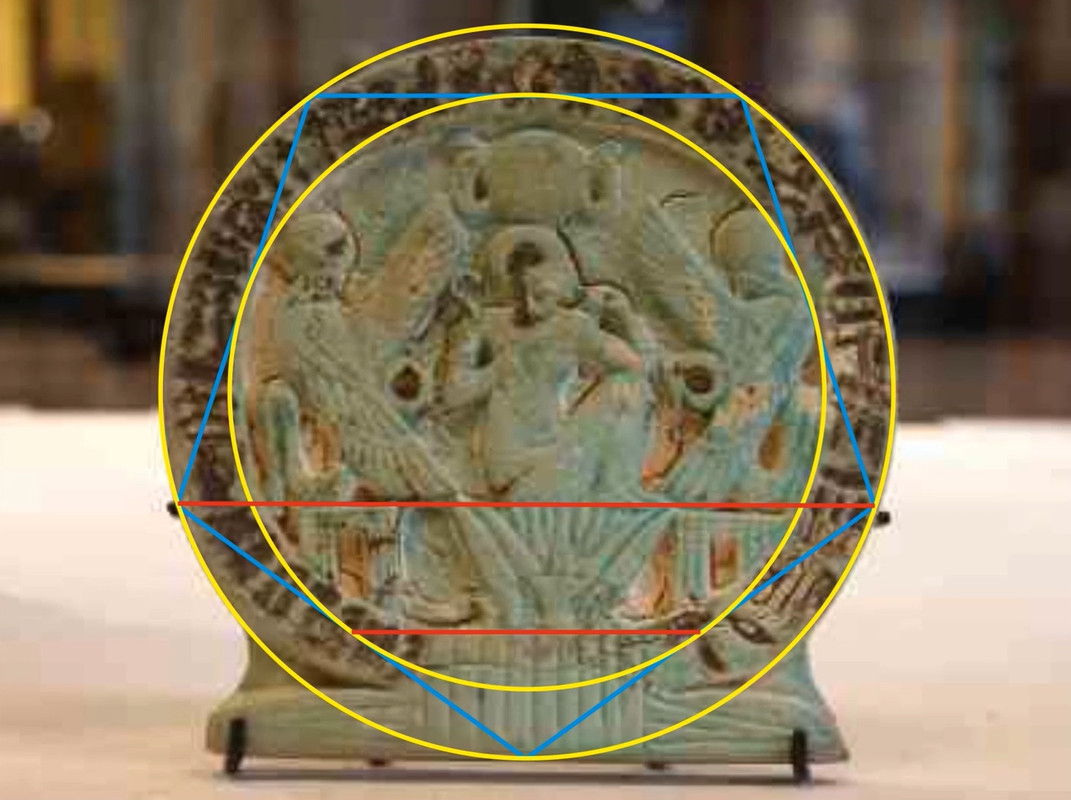


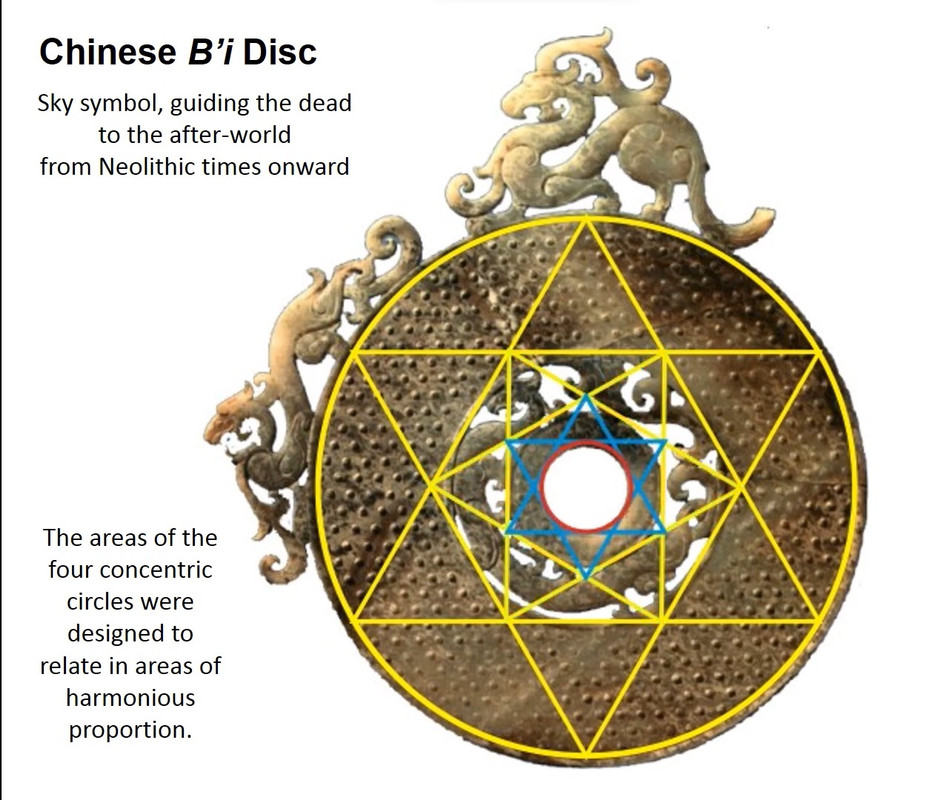

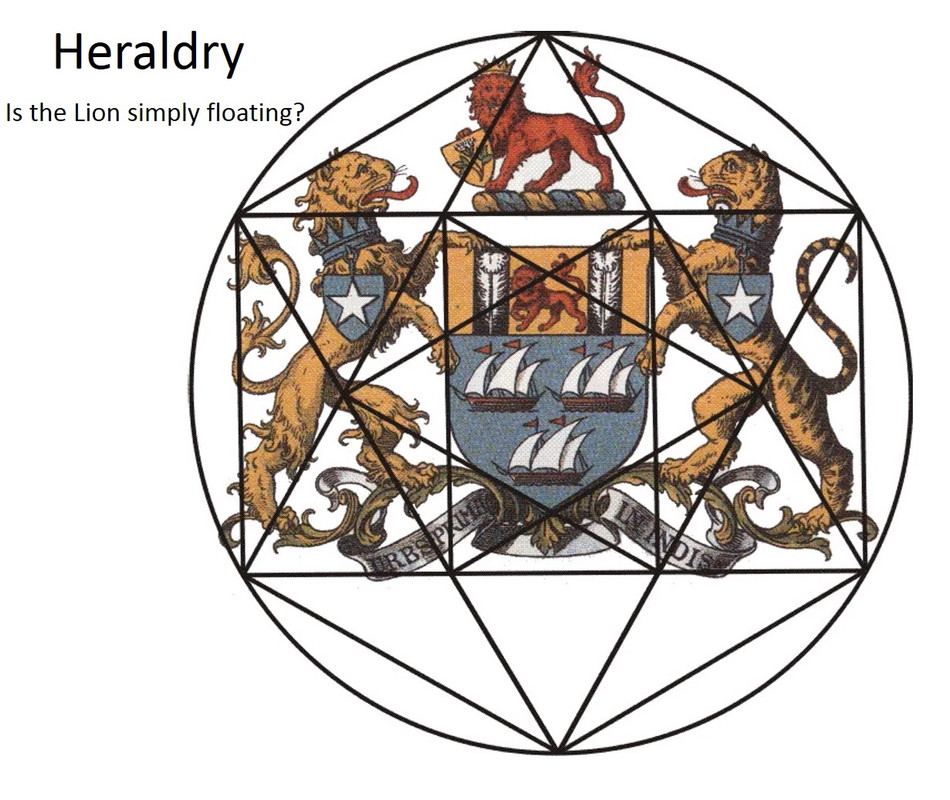

A Little Book of Coincidence by John Southcliffe Martineau
Unfolding from the Flower of Life
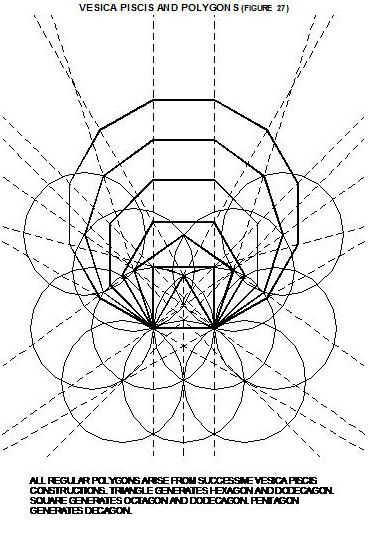

Further information and details:
Other videos of interest:
Aesthetic Ascent, Soul and Beauty- What if EYE got weirder? - explanation in above video, (also appears in Leonardo Da Vinci's Vitruvian man artwork):

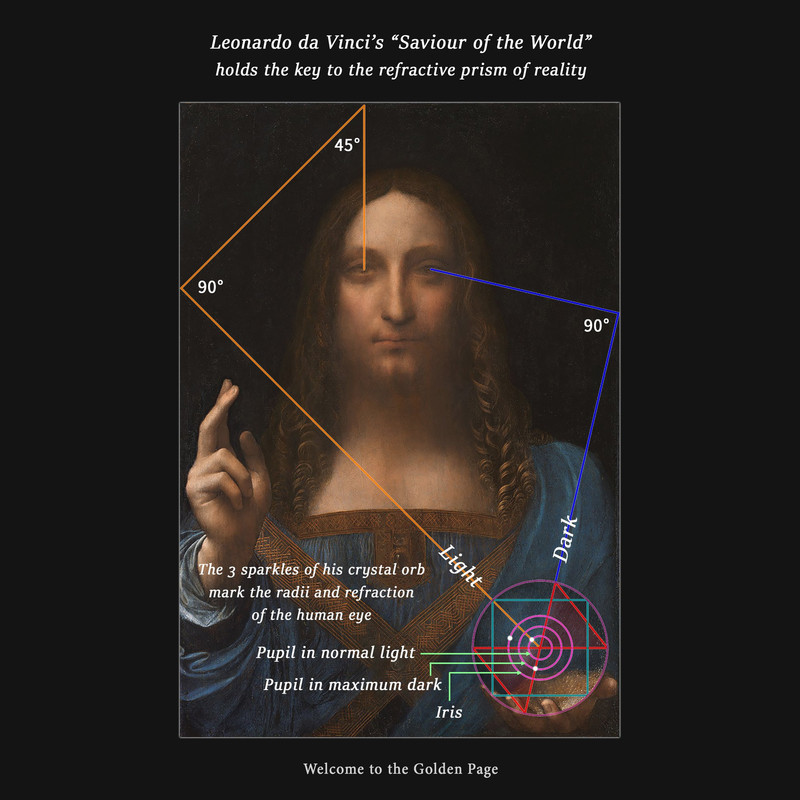

No comments:
Post a Comment
Note: Only a member of this blog may post a comment.